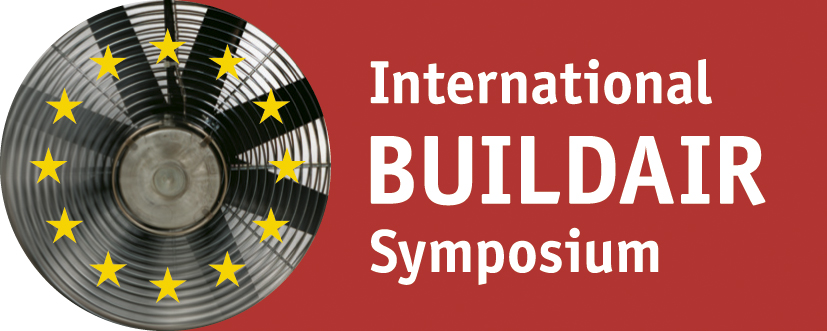The Association for Air Tightness in Buildings (FLiB e.V.) offers air tightness testing teams the possibility to check their testing performance as well as that of their equipment. Round-robin tests allow the participants to conduct independent air-tightness tests in a building organized by the association. The test, in accordance with European and German Industrial Standard DIN EN 13829, includes the inde-pendent determination of the reference values, the building preparation, and leakage detection, as well as recording the measured values and drawing up a test report as proof of the air-tightness requirements as set out in the German Energy Savings Regulation. FLiB e. V. collects the results of these round-robin tests, anonymizes the data, and puts together analyses and statistics for publication. Among other things, this is to provide insight into the repeatability of air-tightness tests and their sources of errors to ensure the quality of the measurements.
The following aspects are analyzed more closely:
--calculation of reference values (internal volume, net floor space),
--building preparation,
--detection and documentation of large leakages,
--as well as the determination of test results (air leakage rate at 50 Pascal V50, air-change rate n50).
--To enable a comparison of the measuring devices, all participants record the air leakage rates at 50 Pascal building pressure differential and with the same building preparation.
This presentation discusses the results from the first round-robin tests and the resulting implications.





